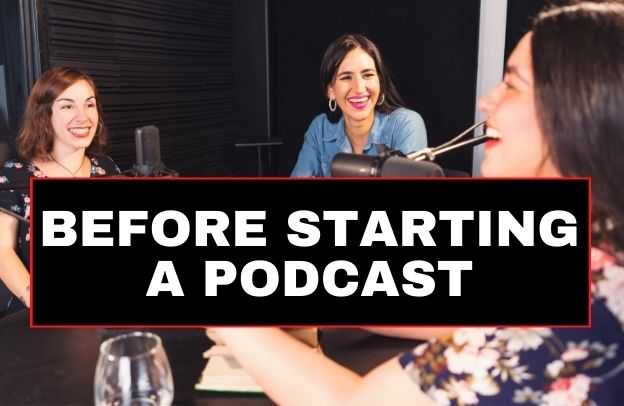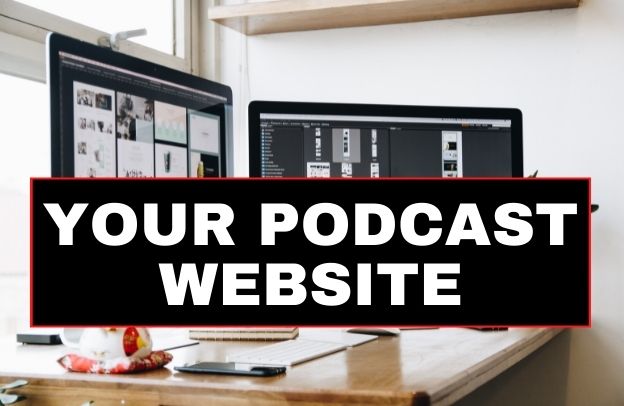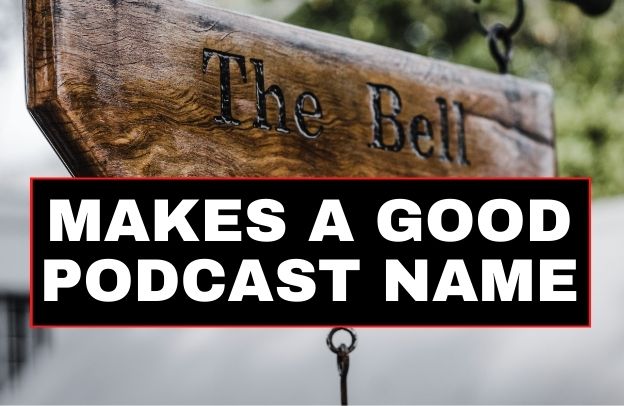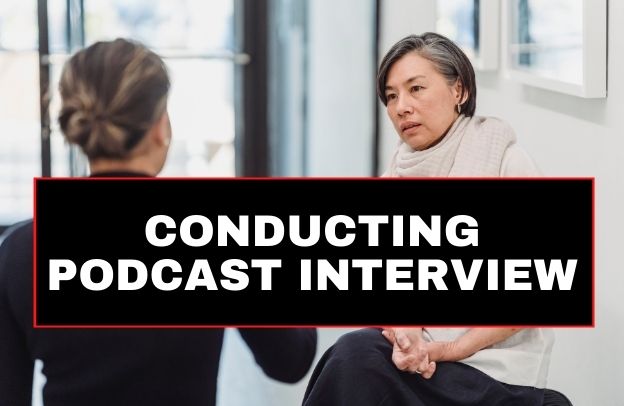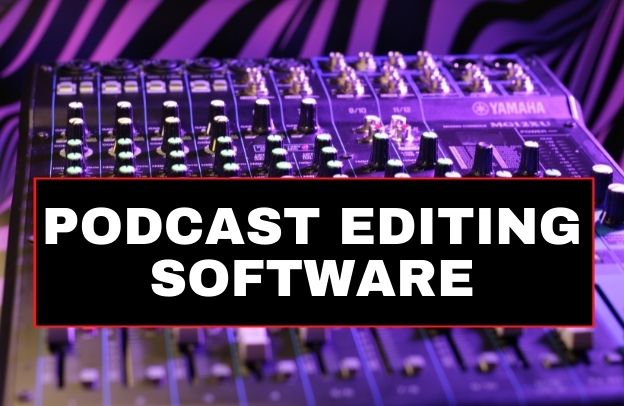How to Record Your Podcast Remotely (via the Internet)
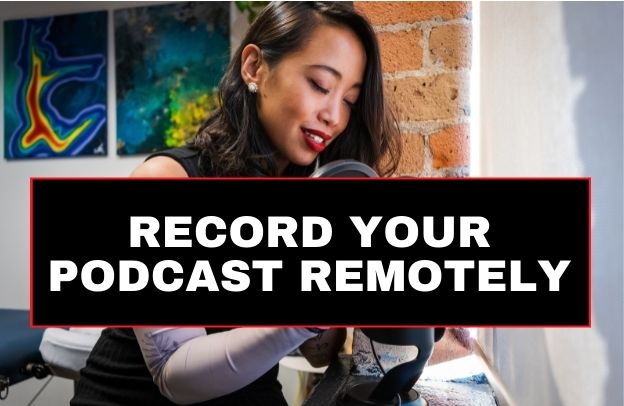
Unlock the power of remote podcasting with these simple steps! Learn how to record high-quality audio interviews from anywhere in the world by connecting your phone to your mixer. Discover the benefits of using mixers like the Rodecaster Pro, which comes with an integration to call recording software. With our expert tips and tricks, you can elevate your podcasting game and reach a wider audience than ever before. Don’t let geography hold you back – start recording your podcast remotely today!
Download the first chapter of The Storytelling Series: Beginners’ Guide for Small Businesses & Content Creators by Obehi Ewanfoh.
These kinds of recordings have traditionally been done via Skype. However, in the last few years, a handful of web-based call recording apps have emerged.
For many years, Skype has been the best alternative. The main issue though is that podcasters required their guests to join a call using their own Skype accounts.
Local file storage and multitrack recording with cloud backup have also become widely known pleas among podcasters in recent years. These features, as well as others, are available in some of the latest online call recording devices on the market.
So, what are the best podcasting online remote recording options right now?
In this blog post, you’ll learn how you can record a podcast remotely, and you will also get to know what are some of the best call recording apps.
The advantages of Recording Your Podcast Remotely
Recording your podcast remotely has several advantages:
- Flexibility: Remote recording allows you and your guests to record from anywhere in the world, making it easier to schedule podcast recordings. This flexibility also means that you can record your podcast at any time, whether it’s early morning or late at night.
- Accessibility: Remote recording allows you to connect with guests who may not be able to travel to your location for an in-person recording. This makes it easier to invite guests who live in different time zones, have busy schedules, or have mobility issues.
- Cost-Effective: Remote recording eliminates the need for expensive studio equipment and rental costs. You and your guests can record using your own equipment, such as a laptop, microphone, and headphones.
- Quality Control: Remote recording allows you to have more control over the quality of your podcast recordings. You can ensure that everyone is recording in a quiet environment with minimal background noise, and you can also provide instructions on how to optimize their recording setup for better sound quality.
- Editing Flexibility: Remote recording also gives you more flexibility when it comes to editing your podcast. You can easily edit out any mistakes, add in music or sound effects, and adjust the sound levels for each person’s recording.
- More Guest Options: Remote recording opens up more guest options for your podcast. You can invite guests from different parts of the world and from a wide range of industries, expertise, and backgrounds.
Overall, remote recording offers many benefits for podcasters, including flexibility, accessibility, cost-effectiveness, quality control, editing flexibility, and more guest options. It’s a great way to connect with guests and create high-quality podcast content from anywhere in the world.
Record Podcast Remotely
The software you use to record your podcast is highly dependent on your specific requirements, particularly whether you choose audio-only or audio and video. Below, we’ll take a look at each type of situation separately.
Recording a Video Podcast Remotely
If video capture is essential to you, there are already very few software options to choose from right now.
Despite the fact that Skype has been there longer, Zoom has exploded into the popular spotlight since the pandemic made video-conferencing the unofficial backup for in-person meetings. Both platforms support teleconferencing which can be utilized to record video podcasts, but the sound quality and connectivity of Skype and Zoom are widely regarded as inferior.
Because they are already acquainted with the device and find it to be simple to use, some podcasters have been using Zoom to record distant interviews. You could also send a link to your guest that allows them to join with just one click — without having to install Zoom. The application saves the video session as M4a (audio) or MP4 (video) files that can be downloaded.
Zoom is free for up to 40 minutes of durations for discussions with three or more participants if you’re just getting started and your budget is tight. Moreover, Zoom podcast recordings aren’t the best, and Zoom isn’t known for having the most stable connectivity, and that is why most serious podcasters prefer to use more specialized software.
Riverside.fm is one of these specialized programs. It provides studio-quality, locally recorded video and audio files that are not reliant on an internet connection. Some of its advantages as an audio podcasting software have already been discussed, but the same advantages apply if you plan to record a podcast and video as well.
Recording an Audio Podcast Remotely
High-quality audio is essential for podcasts because they are mainly an audio experience.
A WAV file is a “lossless” audio format, which means that no audio is lost and the original recording quality is preserved. WAV files should be provided by a recording solution for the best quality recordings.
Your software will either use the WAV or mp3 feature when creating an audio file. Mp3 files are compressed to save space, which means some audio is lost in the process. The mp3 format’s goal is to deliver CD-quality audio in much smaller file size.
Double-ender recording is the only way to get the best audio quality out of your podcast episodes. This method involves recording every end of the conversation locally on the participant’s computer, then compiling each track into a final product. This technique helps to keep neither side of the conversation’s sound quality intact.
Before Pressing the Record Button
Double-check your surroundings before recording your first remote podcast. Perform a thorough examination of all equipment. Check to see if your phones are on silent if there are any distractions and if you have any extra browser tabs open.
And, despite the software you use, making a backup recording is always a good idea — especially if you’re just having got used to a new setup.
Download the first chapter of The Storytelling Series: Beginners’ Guide for Small Businesses & Content Creators by Obehi Ewanfoh.

